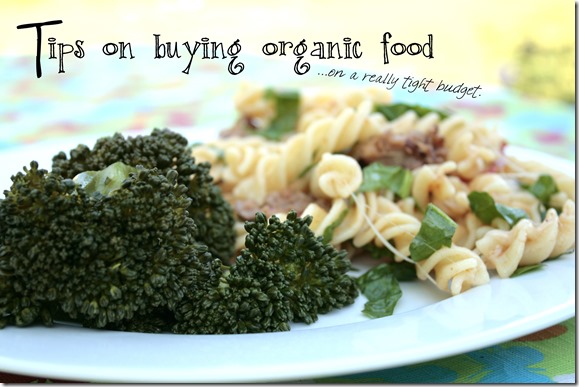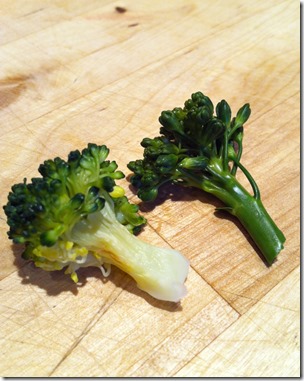When making food for our family, we want the best possible ingredients that we can get. Sometimes, eating a healthy, organic diet while also staying within a budget can be a real challenge. Here are some practical tips that have helped me master those grocery aisles for the healthiest foods I can feed my family without breaking the bank.

Questions about how to eat healthy on a budget are the ones I get asked the most. Often I want to start my answer with, “Well first – you want to lay down some really good compost…” But a garden is not always an option for families today. For those families that are in an apartment or just don’t have the time to tend their own food there are ways to help you get better food as you navigate those grocery store isles. Just changing one thing per month can decrease your risks from the pesticides and unsustainable practices of conventionally grown foods. I have listed these tips in order of importance for my family, and hopefully they will help you get the healthiest food you can for your own budget too.
1. Start with Dairy products
Milk was the very first thing we bought organic. At the time I had just read about how human breastmilk was getting high on the pesticide residue list due to women who had babies consuming products with tons of chemicals and pesticides. The moment I read that, I knew that if human breastmilk was affected by these pesticides, than cow’s milk was also affected by the conventional diet that the cows were fed. From that moment on I decided that if we didn’t get anything else organic, we would always buy organic milk. (I would also include meat in this category for omnivores.)
2. Dried fruit.
When I thought about it, grapes sprayed with pesticides and then dried in to raisins may as well be called ‘pesticide pellets’ instead! Yuck!
3. Use the ‘Dirty Dozen’ and ‘Clean Fifteen’.
These lists contain the foods that are most commonly found with the highest and lowest amount of pesticide residue on their skins at the time of sale. They can help you a ton when you are in the produce aisle. Here is a handy printable list of for you to keep with you while shopping on-the-go. Shopping with these lists in hand can help you to chose the safest conventionally grown foods to trim a bit off your budget.
4. Buy local and in bulk.
These two I put together because they often go together in our family. During peak seasons of harvest I disappear into a world of glass jars, brass rings, paring knives, and farmers market deals. I have been known to can peaches well into the night to get the batch done before that one moldy one I found in the corner of the boxes gathers followers. Putting away local and garden produce for the leaner seasons of the year is a time honored tradition that saves me hundreds of dollars per year in groceries.
5. Learn how to cook whole foods.
Learning to cook with fresh produce, how to soak beans, and make expensive things like granola can stretch that grocery budget even farther. Books like Nourishing Traditions by Sally Fallon or the beautifully illustrated Feeding the Whole Family by Cynthia Lair
can help a ton when starting out on the roads to healthier eating. Both are wonderful guides that I continue to learn from each time I use them.

6. My final tip – “First – you lay down a good batch of compost…”
No joke. I get healthy, amazing, organic food from my garden every single day. In the picture above, the broccoli, onion, and spinach for that dinner were all fresh harvested out of the yard that same day. Sprayed with nothing but fresh clean water, touched by no ones hands but my own (and some curious children) and no time spent on a truck at any point. You can’t beat that. If you do have the time and the space, a good garden could be the best healthcare investment you can make.
Point in fact –

The broccoli on the left was from the store. The broccoli on the right was fresh from my garden. Notice the color difference? Instead of being picked so it is firm through the shipping process, my garden produce is picked at the very height of it nutritional value then taken, within seconds, right to my kitchen. The produce from my garden is undeniably better for you than either conventionally or organically grown produce in the super market just due to the lack of travel time.
The variety that I am able to plant in my backyard garden gives us favorites every year that with a whole new range of nutritional possibilities.
Happy shopping (and gardening)!








